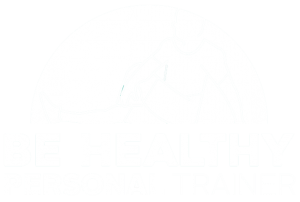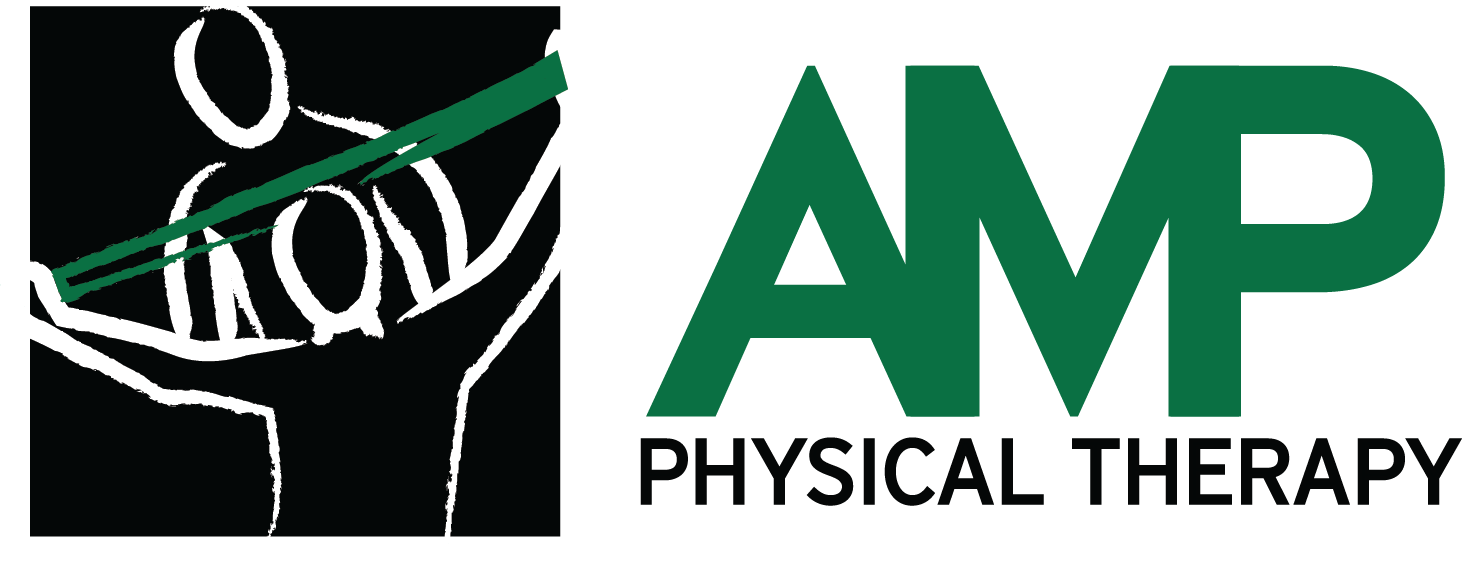
Get in touch
PHONE: 973-830-7816
EMAIL: behealtypersonaltrainer@gmail.com
The Dual Positive Impact of Muscle: It looks good AND keeps you alive longer
Muscle Mass and Longevity: Why Building Strength Now Pays Off for the Future
When we think about aging and longevity, our minds often go to factors like diet, genetics, and lifestyle choices. But one factor that plays a pivotal role in how we age—and how long we live—is something that often gets overlooked: muscle mass. Now, we are not expecting you to become like Arnold so do not panic! Lifting weights to increase bone density does not translate to breaking your back.
Maintaining or building muscle mass as we age is not just about looking good, it's a perk for sure don't get us wrong—it's about enhancing our overall quality of life and longevity. Research is increasingly showing that maintaining a healthy level of muscle mass is one of the most effective ways to ensure a long, active, and independent life.
In this blog post, we'll explore the critical relationship between muscle mass and longevity, and why building and preserving muscle should be a top priority for people of all ages.
The Link Between Muscle Mass and Longevity
When it comes to longevity, muscle mass plays a surprisingly significant role. As we age, we naturally experience a decline in muscle mass—a condition known as sarcopenia. We begin to lose one pound of muscle mass per year starting at the age of 3 and by the time we reach 70 or 80, we can lose up to 30% or more of our muscle mass if we don't take proactive steps to counteract it. Now, think about how individuals in their 20's and 30's are living - sedentary jobs that are also demanding that also don't allow them to get 1,000 steps in during a work day.
But here's the good news: preserving muscle mass is one of the best ways to increase your lifespan and reduce the risk of serious age-related diseases. Strong muscles are not just about physical appearance—they influence nearly every aspect of our health. Here's why:
1. Protects Against Frailty and Disability
As we lose muscle mass, we become weaker, less mobile, and more prone to falls, fractures, and injuries. Frailty is a major risk factor for disability and reduced independence in older age, leading to a decline in overall function and quality of life. By maintaining strong muscles, you’re better equipped to prevent frailty, improve your balance and coordination, and ensure that you can live an independent life for as long as possible.
2. Boosts Metabolism and Prevents Obesity
Muscle tissue is metabolically active, meaning it burns calories even when you’re at rest. This is important because as we lose muscle, our metabolism slows down, which can lead to weight gain. Maintaining muscle mass helps regulate body composition and keeps your metabolism humming at a higher rate, which can help prevent obesity and its related diseases—such as type 2 diabetes, cardiovascular disease, and certain cancers.
3. Improves Bone Health
Strong muscles also support strong bones. As we age, bone density tends to decrease, increasing the risk of fractures and conditions like osteoporosis. The mechanical stress placed on bones during resistance training (or weight-bearing exercises) stimulates bone remodeling, helping to maintain or even improve bone density. This is especially important for older adults who are more susceptible to osteoporosis and fractures.
4. Reduces Chronic Disease Risk
Research consistently shows that higher levels of muscle mass are linked to lower rates of chronic diseases. For instance, maintaining muscle mass has been shown to reduce the risk of cardiovascular diseases, metabolic syndrome, and even some types of cancer. Muscles help regulate blood sugar levels and blood pressure, reduce inflammation, and support a healthy immune system, all of which are crucial for aging well.
5. Enhances Mental Health and Cognitive Function
The benefits of muscle mass extend to the brain, too. Studies suggest that resistance training and maintaining muscle mass can have a positive impact on cognitive function and mental health in older adults. Regular strength training has been linked to reduced symptoms of depression and anxiety, improved mood, and better cognitive performance. Plus, maintaining muscle strength is associated with a lower risk of dementia and Alzheimer’s disease, which are increasingly common with age.
6. Helps You Live More Actively
One of the simplest but most powerful benefits of muscle mass is the ability to stay active. As we get older, the desire to stay active often diminishes because of physical limitations. But those limitations are often directly related to muscle loss. By keeping your muscles strong, you’ll have the energy and endurance to enjoy activities like walking, hiking, cycling, swimming, or playing with your grandchildren. A body that’s capable of movement is a body that’s capable of living life to its fullest.
How to Build and Maintain Muscle for Longevity
Now that we’ve established how vital muscle mass is for a long, healthy life, let’s discuss how to go about building and maintaining muscle as we age.
1. Strength Training is Key
Strength training is the most effective way to increase or preserve muscle mass. For optimal results, focus on full-body resistance exercises that target all major muscle groups—legs, back, chest, shoulders, arms, and core. Aim to perform strength training exercises at least 2–3 times per week, and progressively increase the weight or intensity over time.
Key exercises for building muscle:
- Squats and lunges (legs and glutes)
- Push-ups and bench press (chest and arms)
- Pull-ups or rows (back and biceps)
- Deadlifts (full-body, especially lower back and legs)
- Planks and core exercises (abdomen and lower back)
2. Prioritize Protein
To build muscle, you need to fuel your body with the right nutrients—especially protein. Protein provides the building blocks (amino acids) that your muscles need to repair and grow after strength training. Older adults, in particular, may require more protein to support muscle maintenance and recovery.
Aim for around 1.2 to 1.5 grams of protein per kilogram of body weight each day, depending on your activity level. Good sources of protein include lean meats, fish, eggs, dairy, legumes, and plant-based protein sources like tofu, tempeh, and quinoa.
3. Focus on Consistency
Building and maintaining muscle takes time, so consistency is key. It's not just about one intense workout or a high-protein meal; it's about making strength training and proper nutrition part of your regular routine. Think of it as a lifelong investment in your health.
4. Incorporate Mobility and Flexibility Work
While lifting weights is important, flexibility and mobility exercises should also be part of your routine. Stretching, yoga, or foam rolling can improve your range of motion, reduce the risk of injury, and ensure that your muscles remain flexible and functional as you age.
5. Don't Neglect Recovery
Muscle growth occurs during the recovery period, not while you’re lifting weights. Make sure to get enough rest between strength training sessions, eat sufficient nutrients to support recovery, and prioritize sleep. Sleep is crucial for muscle repair, hormone regulation, and overall health.
6. Get Support from a Professional
If you're new to strength training or haven't worked out in a while, it might be a good idea to consult with a personal trainer or physical therapist. They can help you develop a safe, effective program that suits your needs and abilities, especially if you have any pre-existing health conditions or concerns.
The Bottom Line: More Muscle Means More Life
The connection between muscle mass and longevity is clear: strong muscles lead to a healthier, more vibrant life. By building and maintaining muscle throughout your life, you’re not just improving your physical appearance; you're also investing in your long-term health, independence, and vitality.
So, no matter your age, it's never too late to start prioritizing strength training. Your future self will thank you! Remember, longevity isn’t just about living longer—it's about living better, with the strength, mobility, and health to enjoy every stage of life to the fullest.
Take care of your muscles today, and they'll take care of you tomorrow.
Built and managed by Mindset Media Group.
The content on this website is owned by us and our licensors. Do not copy any content (including images) without our consent.

